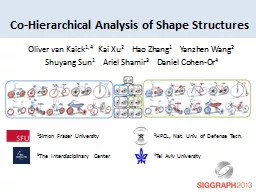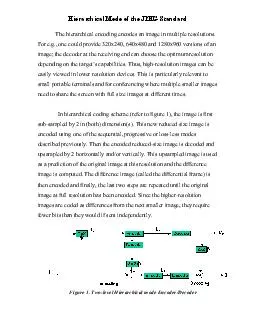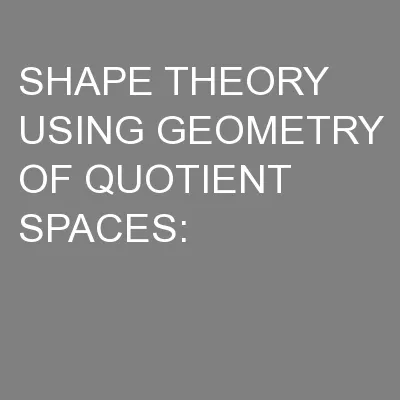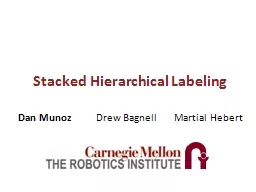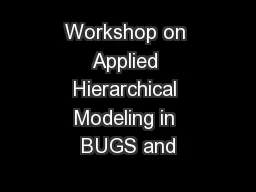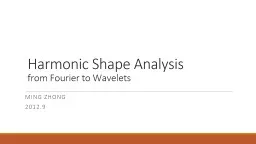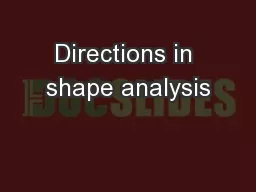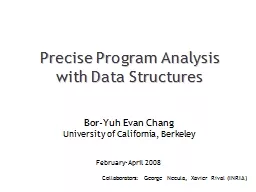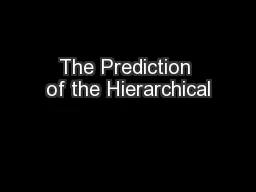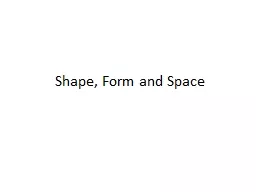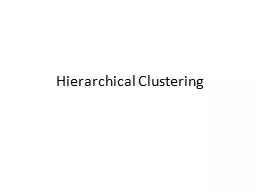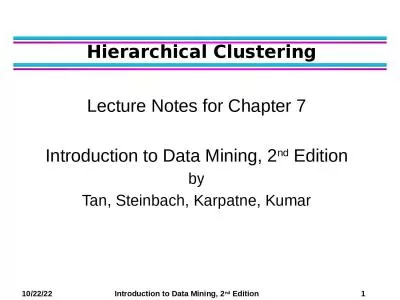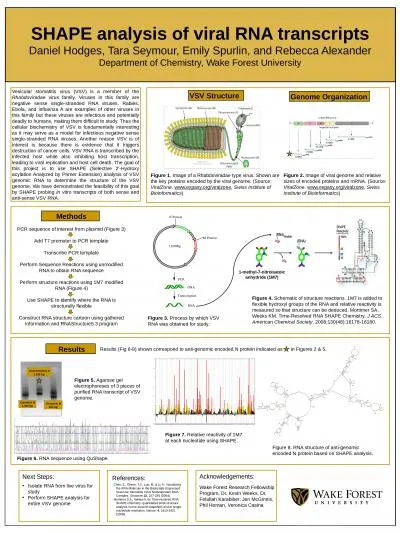PPT-Co-Hierarchical Analysis of Shape Structures
Author : alexa-scheidler | Published Date : 2017-05-02
Oliver van Kaick 14 Kai Xu 2 Hao Zhang 1 Yanzhen Wang 2 Shuyang Sun 1 Ariel Shamir 3 Daniel CohenOr 4 4 Tel Aviv University 1 Simon Fraser University
Presentation Embed Code
Download Presentation
Download Presentation The PPT/PDF document "Co-Hierarchical Analysis of Shape Struct..." is the property of its rightful owner. Permission is granted to download and print the materials on this website for personal, non-commercial use only, and to display it on your personal computer provided you do not modify the materials and that you retain all copyright notices contained in the materials. By downloading content from our website, you accept the terms of this agreement.
Co-Hierarchical Analysis of Shape Structures: Transcript
Download Rules Of Document
"Co-Hierarchical Analysis of Shape Structures"The content belongs to its owner. You may download and print it for personal use, without modification, and keep all copyright notices. By downloading, you agree to these terms.
Related Documents

